Why Analytics is a Smart Bet Now?
Every function, whether it is marketing, finance, operations, or product — runs on data.
Employers consistently list SQL, Python, Excel/BI and clear communication as must-haves.
That’s why a focused data analytics certification can open doors quickly, and why a university degree in data science still holds long-term value for technical depth and research.
Certification vs Degree at a Glance
| Criteria | Data Analytics Certification Course | University Degree in Data Science |
| Duration | Months (quick upskilling) | 2–4 years (comprehensive) |
| Cost | Lower; flexible finance often available | Higher; includes opportunity cost |
| Focus | Job-ready tools (SQL, Python, BI, basic ML) | Strong theory, research, maths/stat depth |
| Assessment | Projects, capstones, hackathons | Exams, papers, dissertations |
| Hiring Signal | Portfolio + certifications | Degree credential + transcripts |
| Best For | Career-switchers, freshers, upskillers | Research-minded or depth-focused paths |
| ROI Timeline | Faster entry to interviews | Slower, but strong long-term signaling |
Tip: You can combine both — start with certification to land a role, then pursue part-time degrees later.
A Real-World Example
What to note when evaluating any provider:
- Job-aligned syllabus (SQL, Python, stats, Power BI/Tableau)
- Capstones and hackathons that mirror real work
- CV help, mock interviews, hiring partner connects
- Clear fees and payment options on the programme page
Why Timing Matters?
Hiring managers increasingly priorities demonstrable skills and portfolio work for analyst roles.
That’s precisely where a data analytics certification course can shine — it compresses learning into hands-on projects, so your CV shows outcomes, not just intentions.
For degree-led routes, projects tied to real data and internships help you stay equally job-ready.
When a Certification Wins?
- Speed: You want interviews in months, not years.
- Budget: You prefer a cost-efficient path.
- Skills match: Job ads mention SQL, Python, Excel/Power BI more than academic prerequisites.
- Portfolio first: You can showcase dashboards, notebooks, and case studies to prove competence.
When a Degree is the Smarter Call
- Depth: You’re aiming at research-heavy roles or advanced ML.
- Mobility: You want academic signalling for global options.
- Breadth: You value stronger maths, theory, and interdisciplinary grounding.
Skills Employers Actually Test (Whichever Path you Choose)
- SQL (joins, window functions, subqueries)
- Python (data cleaning, EDA, simple ML)
- BI tools (Tableau/Power BI dashboards, storytelling)
- Statistics (sampling, hypothesis tests, regression)
- Business sense (turning analysis into decisions)
Also Read– Top Data Analytics Skills Every Professional Needs
How to Decide in Three Simple Steps
Step 1: Define your target role
- Analyst/BI in 6–12 months? Favour a data analytics certification course.
- Research/advanced ML later? A university degree in data science fits better.
Step 2: Map syllabus to job ads
Open five relevant postings and highlight recurring tools and tasks. Your chosen route should mirror those needs module-by-module.
Step 3: Check outcomes and support
Look for capstones, hackathons, interview prep, and transparent fee structures on the programme page.
FAQs
1) How long does a typical data analytics certification course take?
Usually, a few months, depending on pace and intensity.
2) Do employers value certifications?
They value relevant projects and skills. Certifications are helpful when they directly align with the job’s toolset.
3) Will a degree guarantee a job?
No credential guarantees a role; pairing study with projects and internships makes the difference.
4) Is data analytics certification worth it if I already know Excel?
Yes — adding SQL, Python, BI and statistics broadens your opportunities.
5) Can I switch careers without a degree?
Yes. Many analysts break in through a data analytics certification course plus a strong portfolio.
6) What should I look for in any program?
Job-aligned syllabus, real projects, interview prep, and clear fee information on the official page.
7) How important are capstones and hackathons?
Very crucial. They simulate real work and give you credible material for your CV and interviews.
8) Will a certification include enough maths?
Expect practical statistics. If you want deep maths and research, a degree is a better fit.
9) What salary can a fresher expect?
It varies by city, industry, skill depth, and portfolio strength. Use current market reports to benchmark.
10) Can I start with certification and study further later?
Absolutely. Many professionals stack learning: certification → work experience → part-time degree.
Conclusion: So, Which is Better?
If you want a faster launch into a career in data analytics, a data analytics certification course paired with a credible portfolio is your shortest path. If you’re aiming at research-heavy roles or long-term academic signalling, a university degree in data science gives you that depth.
3 Key Takeaways
- Match path to goal: Speed and skills → certification; depth and research → degree.
- Portfolio > promises: Dashboards, notebooks, and case studies speak louder than claims.
- Support matters: Capstones, hackathons, and interview prep accelerate outcomes.
Don’t wait, start exploiting Imarticus Postgraduate Program in Data Science & Analytics and kickstart your data science journey.
More sources for background reading:




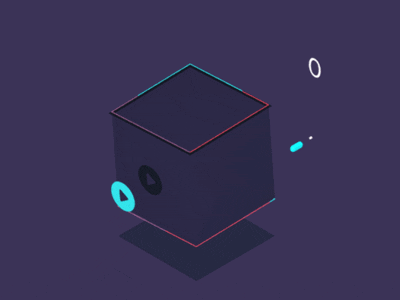

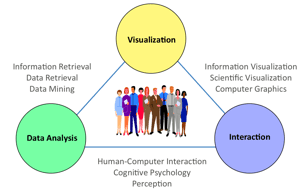
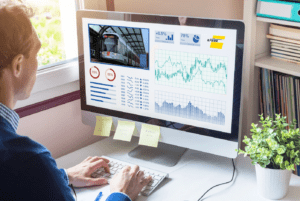


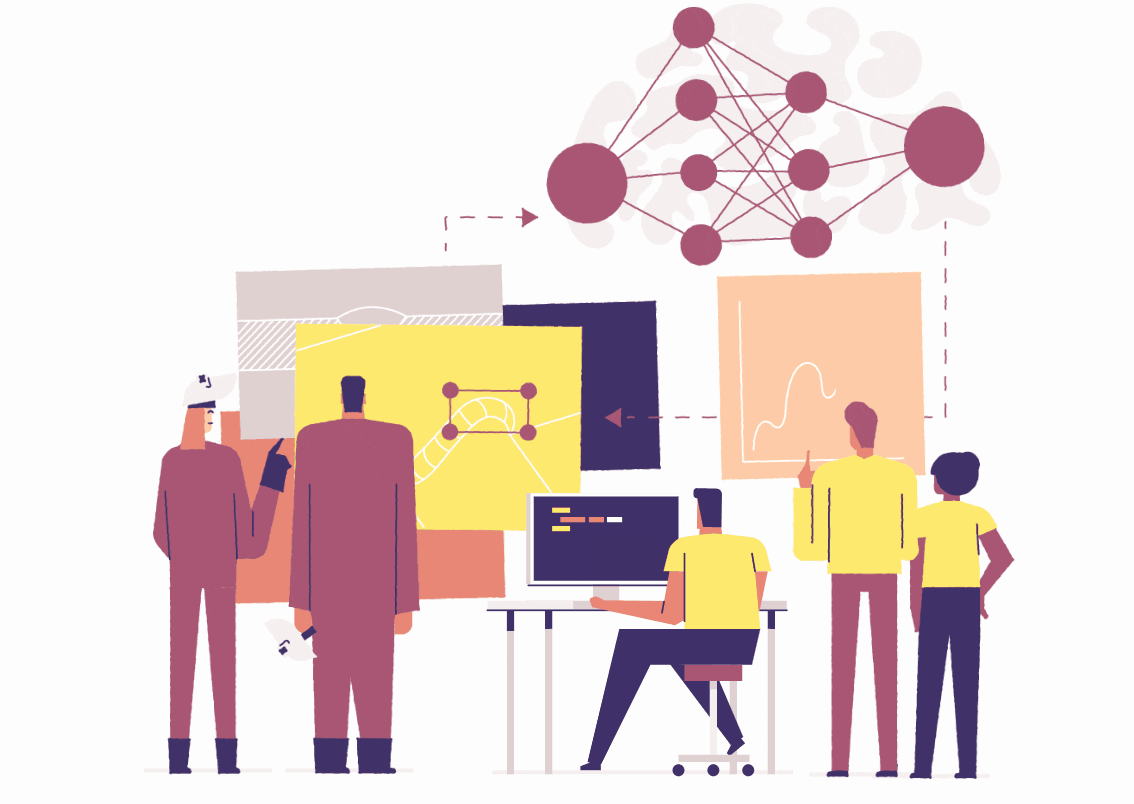
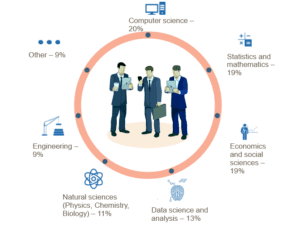 The majority of the data science models are built using one or more, known or unknown variables. Thus, the in-depth understanding of multivariate calculus is the key requirement to develop Machine Learning models.
The majority of the data science models are built using one or more, known or unknown variables. Thus, the in-depth understanding of multivariate calculus is the key requirement to develop Machine Learning models.